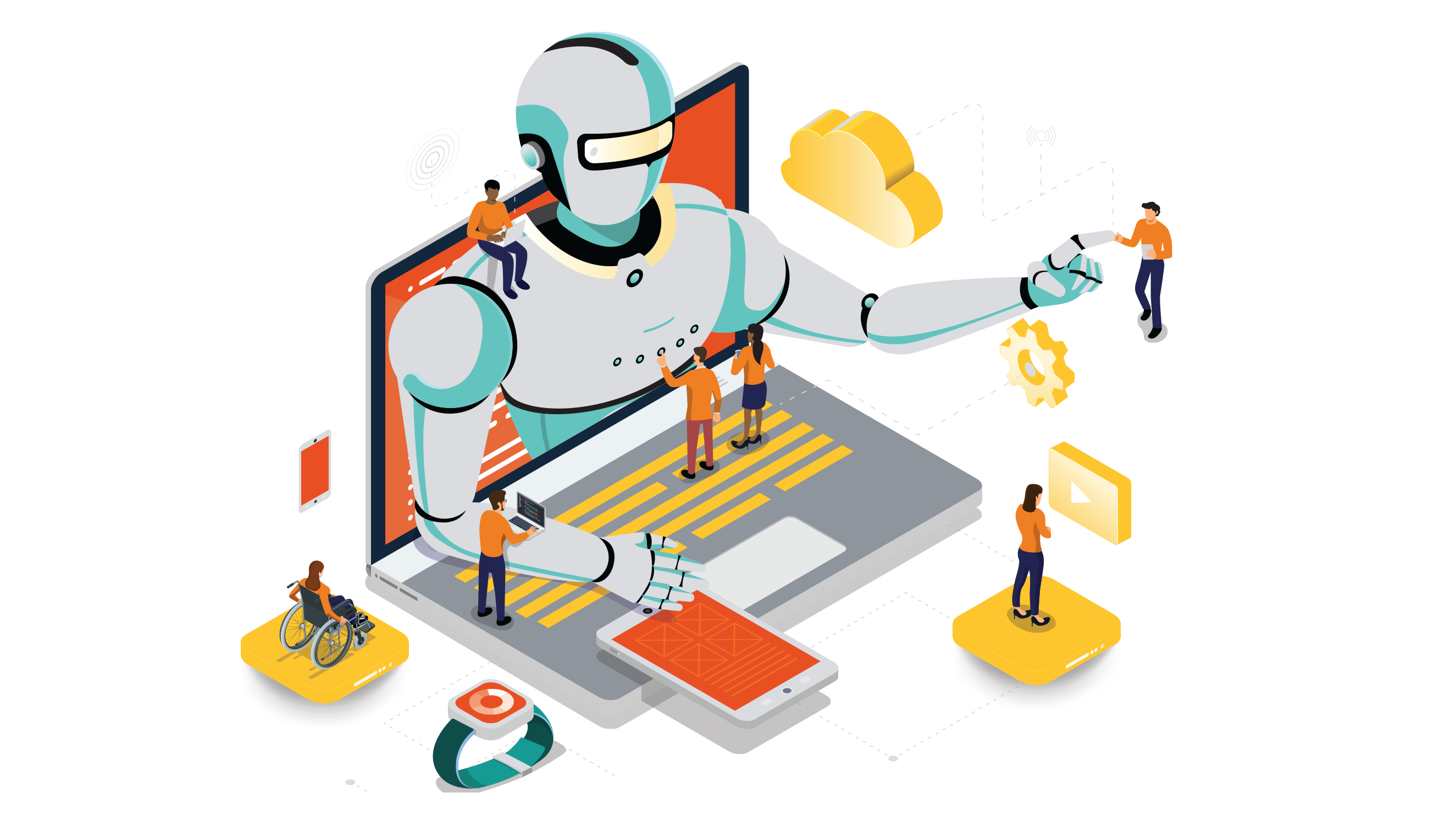Wherever you sit in retail it’s likely you’ve thought about how artificial intelligence (AI) could enhance the shopper experience, improve things for your people, simplify processes or reduce cost.

If you are considering or using AI in your business, the five areas below can help you make the most of that journey:
1. Invest in the right technology
AI helps you make better decisions and gives your shoppers a better experience, but, unlike traditional technologies, there is no standard pilot, rollout and end to the investment process.
“Accept you will need to fail a lot to get it right, but when you do it will be worth it”
By the time you’ve embedded a large-scale project the technology might have moved on. So act like a start-up: trial quickly and roll out fast. Accept you will need to fail a lot to get it right, but when you do it will be worth it.
2. Identify where AI will achieve return on investment
Invest in AI for the right reasons. Without benefits to the shopper or your staff, it’s unlikely to be successful.
Don’t be afraid to ask for help from external subject matter experts as this investment might save you more money in the long run.
AI can help you understand where to invest, too. Machine learning identifies patterns and so predicts future shopper behaviour. Use it to identify future risks and opportunities, and as a basis for your investment strategies.
3. Put the right structures in place
Your structure must be capable of adapting as technology, objectives and skill sets change. Create a culture where employees are comfortable with this and one where they feel their jobs are safe – even though what they do may evolve as technology does.
“The skills and headcount it takes to bring something new into the business are often different to those needed to run and adapt it on an ongoing basis”
The skills and headcount it takes to bring something new into the business are often different to those needed to run and adapt it on an ongoing basis.
Ensure you have the right teams, the right governance and the right levels of empowerment to take on the running phase too and adapt it successfully for the future.
4. Recruit and retain the right skills
This can feel like a unicorn hunt. Look for people who not only understand the technology itself, but can see its commercial benefits and inspire others across the business to do that, too.
This unusual set of skills and behaviours means the best talent is in short supply. And once you get them, it can be difficult to keep them.
These unicorns often have a different mindset and engage with the world in different ways. Things like flexible working, being encouraged to connect more to the outside world and stay on top of emerging tech are key.
Finally, it’s important that you nurture a culture of encouraging and rewarding people across the business for their adaptability and curiosity.
5. Select the right partners
There are benefits of outsourcing or using third parties to help bring AI-related projects into your organisation. This can inject pace and bring best practice from outside of retail.
“A great partner stays up to date with emerging tech and has the courage to bring new ideas to the table, even if it means a change in project direction”
Either find the best-of-breed subject matter experts on a particular technology or a partner who can cover everything, but excels at working well with other third parties.
Make them demonstrate that they understand and share your goals and know how you work.
A great partner stays up to date with emerging tech and has the courage to bring new ideas (and partners) to the table, even if it means a change in project direction.

Megan Higgins is a director of customer and retail analytics, PwC
If you would like to know more about AI in retail, best-practice case studies and where your peers are investing, download Retail Week’s AI in Action report.






























